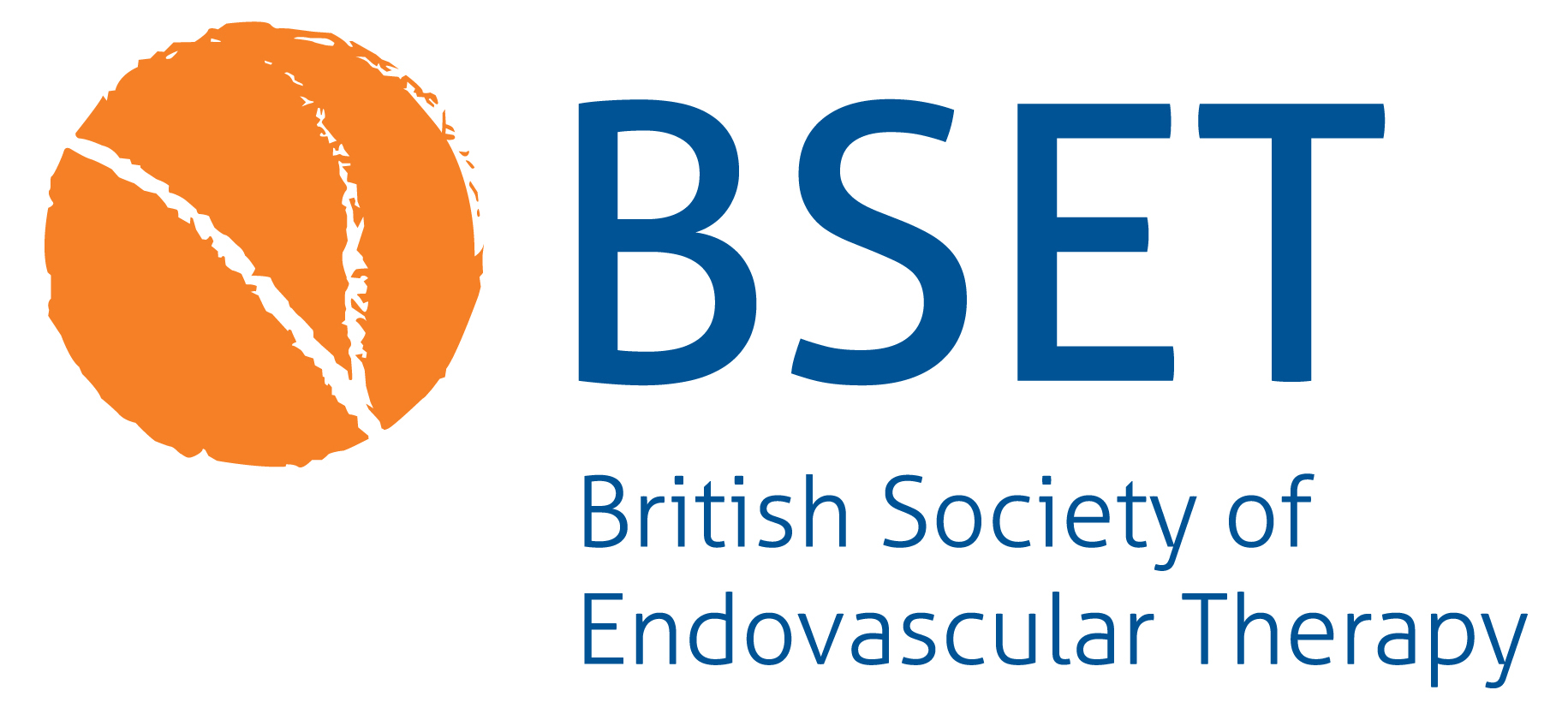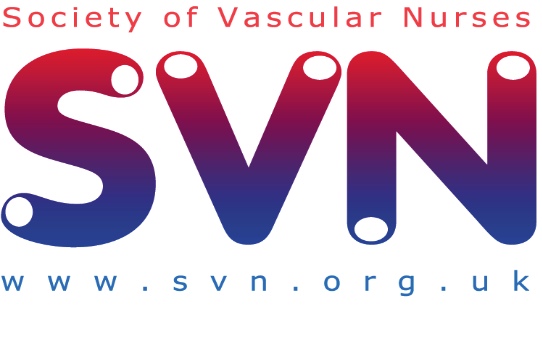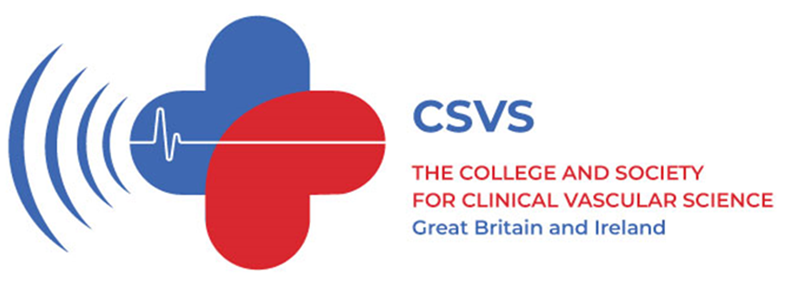Original Research
Management of lower limb ischaemia using hybrid techniques: a single-centre experience
Introduction Peripheral arterial disease (PAD) is recognised as an increasing global healthcare issue.1 Chronic limb-threatening ischaemia (CLTI) resulting from PAD is the term adopted in the 2019 Global Vascular Guidelines. It is defined as ‘a broader and more heterogeneous group of patients with varying degrees of ischemia that may delay wound healing and increase amputation…
Read MoreFrailty Assessment in UK Vascular Centres (FAVE): a survey to investigate data collection methods and impact on clinical practice
Introduction The importance of frailty as a clinical syndrome is gaining momentum in surgical specialties. Frailty is defined as ‘a state of vulnerability to a stressor event, triggering disproportionate changes in health status’.1 Increasing age may lead to the clinical condition of frailty.1 In the UK, three quarters of patients presenting with vascular disease are…
Read MoreResearch priorities for vascular services: results of the UK Vascular James Lind Alliance Priority Setting Process
Background Vascular disease covers a broad spectrum of conditions and treatments, with over 40,000 vascular surgical procedures performed in England each year.1 It is one of the largest contributors to morbidity and mortality globally, accounting for 40% of deaths in the UK and estimated heath and care costs of £9 billion annually.2 Work conducted under…
Read MoreResearch priorities for venous conditions: results of the UK Vascular James Lind Alliance Priority Setting Process
Background Venous disease encompasses a range of conditions that vary in severity and, if left unmanaged, can lead to serious conditions such as leg ulcers. This presents a huge economic burden to the NHS, estimated to be between £1bn and £3bn per year for ulcers alone.1–3 Venous disease can negatively impact on quality of life…
Read More










